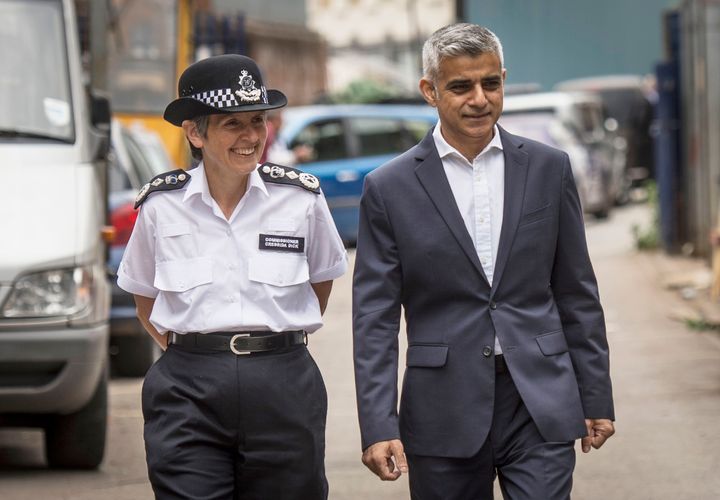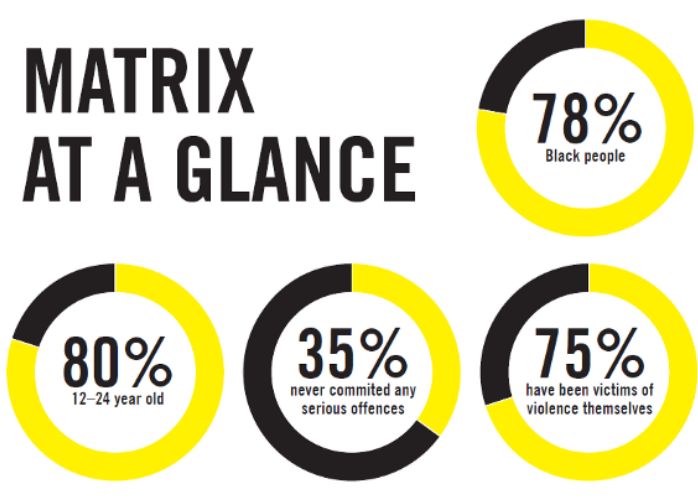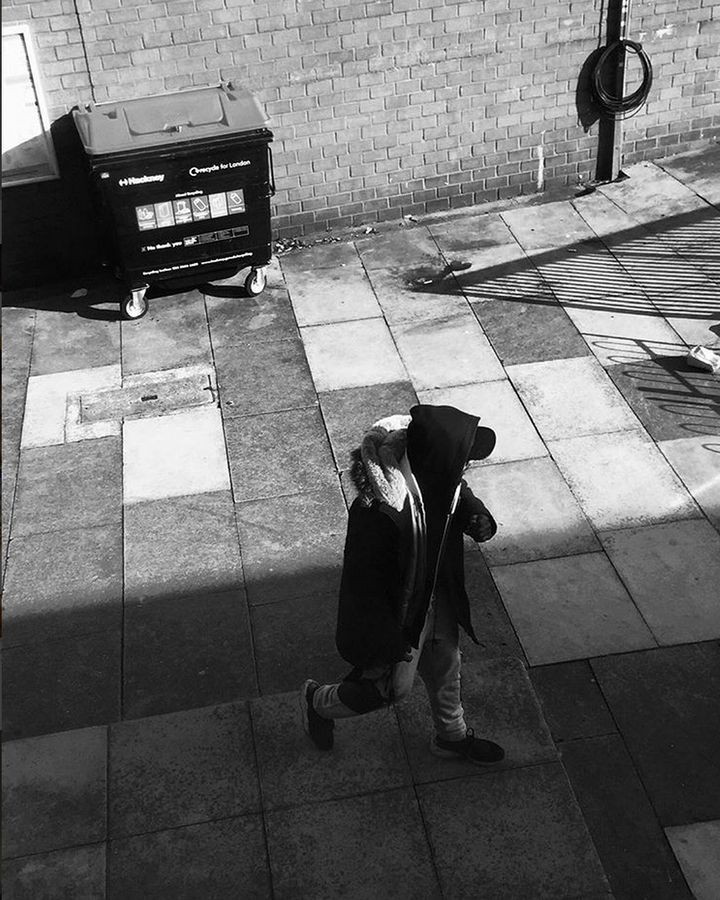
Scotland Yard’s secretive gangs database is under investigation by the data watchdog after a damning report warned some officers were acting like “they’re in the Wild West” to populate it.
Amnesty International has urged Sadiq Khan to “dismantle” the so-called ‘Gangs Matrix’ after a report by the charity concluded that it breaches international human rights law.
The Information Commissioner’s Office on Wednesday confirmed it was investigating the database.
ICO deputy commissioner for operations, James Dipple-Johnstone, said as part of its investigation it was “considering how the database is used and if any aspects of it constitute a breach of the Data Protection Act”.
The Met has not responded to a request for comment.
Amnesty is also calling on the Home Affairs Committee of MPs and the Investigatory Powers Commissioner’s Office to investigate following a year-long probe, called Trapped In The Matrix.
It believes officers may have breached the Regulation of Investigatory Powers Act by using fake social media profiles to monitor young people without the necessary authorisation.
Amnesty International’s UK’s director, Kate Allen, said: “Some police officers have been acting like they’re in the Wild West, making the false assumptions that they can set up fake profiles and covertly befriend people online to monitor them without needed RIPA warrants.”
Allen, speaking after a Bank holiday weekend of bloodshed, said there is “clearly a huge problem” with violence in the capital but that the database is “not the answer”.
She said: “It’s part of an unhelpful and racialised focus on the concept of gangs. Put simply it’s the wrong tool for the wrong job.
“The entire system is racially discriminatory, stigmatising young black men for the type of music they listen to, or their social media behaviour, and perpetuating racial bias with potential impacts in all areas of their lives.”

The matrix has long been considered controversial due to the disproportionate amount of BAME people on it - 87%, according to figures from July 2016 - but Amnesty has now revealed that many of its subjects are also not violent criminals.
Forty per cent of the 3,800-odd people on the database - as of October 2017 - have no record of involvement in any violent offence, Amnesty found, and 35% have never committed any ‘serious offence’.
The matrix ranks individuals through a traffic-light scoring system according to their “propensity for violence”, with red being the most at risk and green the least. As of October 2017, less than 5% of the individuals on the matrix had a red classification. Some 64% were green.
One unnamed officer at a police gangs unit told Amnesty: “The risk scoring can sometimes be skewed. You know that person hasn’t done anything for two years but he is still there right at the top. There was a period 18 months ago when our top 10 were simply not on our radar”.
Amnesty said the “gang label is haphazardly used” and is concerned with how young men are added to the database, how they can get off it and their treatment by police and partner agencies - such as housing associations, job centres and youth services - with few “safeguards and little oversight” in place.
Anecdotal evidence, Amnesty said, suggests a police “escalation of pressure” on the families of those on the database, including issuing eviction threats.
The ploy, the report said, is considered one of the “three most celebrated tactics” along with imprisonment and deportation.

The charity Liberty backed calls for the matrix to be reviewed, as it includes “large numbers of innocent people and disproportionately affects young black men, feeding a stereotypical narrative of gang violence which is inaccurate and discriminatory”.
Martha Spurrier, director of Liberty, told HuffPost UK: “Police and politicians can’t go on ignoring the harm the gang matrix is causing. We need guidance setting out clear, targeted criteria for inclusion and robust safeguards against its disproportionate and discriminatory use. If that isn’t done, it needs to go.”
The matrix was created in the aftermath of the 2011 London riots after then Prime Minister David Cameron wrongly blamed them on gangs and announced a “concerted, all out war on gangs and gang culture”.
Sadiq Khan is already investigating it, with his office expected to publish its recommendations later this year.
The Mayor’s Office for Policing and Crime has found that more than 80% of all knife-crime incidents resulting in injury to a victim under 25 in London were non-gang-related despite gang-wars often being blamed for bloodshed.
For an individual to be added to the matrix their gang involvement has to be corroborated by two sources, but Amnesty says many of the “indicators” used by the Met “simply reflect elements of urban youth culture”.
“There are many young people who are not involved in criminal wrongdoing but are at risk of being profiled and monitored by police Gangs Units simply because of the subculture to which they believe and the people they associate with online,” the report reads.
Story continues below poll...
Speaking about gangs, a senior member of the Met told Amnesty: “Gangs are, for the most part, a complete red herring... fixation with the term is unhelpful at every level.”
Veteran racism campaigner Stafford Scott, who assisted Amnesty with its report and released his own, called The War On Gangs Or A Racialised War On Working Class Black Youth, writes: “The Home Office has made it far too easy for it and its partners to stereotype, label and ultimately criminalise Black youths without the need for the type of evidence that would reach ‘criminal prosecution standard’.”
In his report, Scott claimed the Met prevented those on the matrix from leaving their home boroughs and even informed the DVLA they were “unfit to drive”.
Amnesty concluded: “Given the failure to define who is a gang member and what is a gang, it is hard to see this data capture as anything other than profiling black boys and young men.”
The Amnesty report contained two case studies that highlighted how difficult it is to get off the matrix.
One involved a man named Paul, who grew up on an estate but was not gang involved. He simply “lived in a certain area, had certain friends”.
Paul, now 21, has spent the last five years on a youth advisory group that works with the council. The work saw him receive an award in 2013 and meet then Home Secretary, Theresa May, and then, London Mayor, Boris Johnson.
The council, who Amnesty also did not name, later told Paul he was on the gangs database for the area and “repeatedly” asked the Met to remove him, which it eventually did.
However, in December 2016, the police confirmed Paul was still on it, the report said. Engaging a lawyer, Paul tired to learn why, but the Met refused to tell him.
“At what point do they take you off, when you’re dead,” he told Amnesty.
